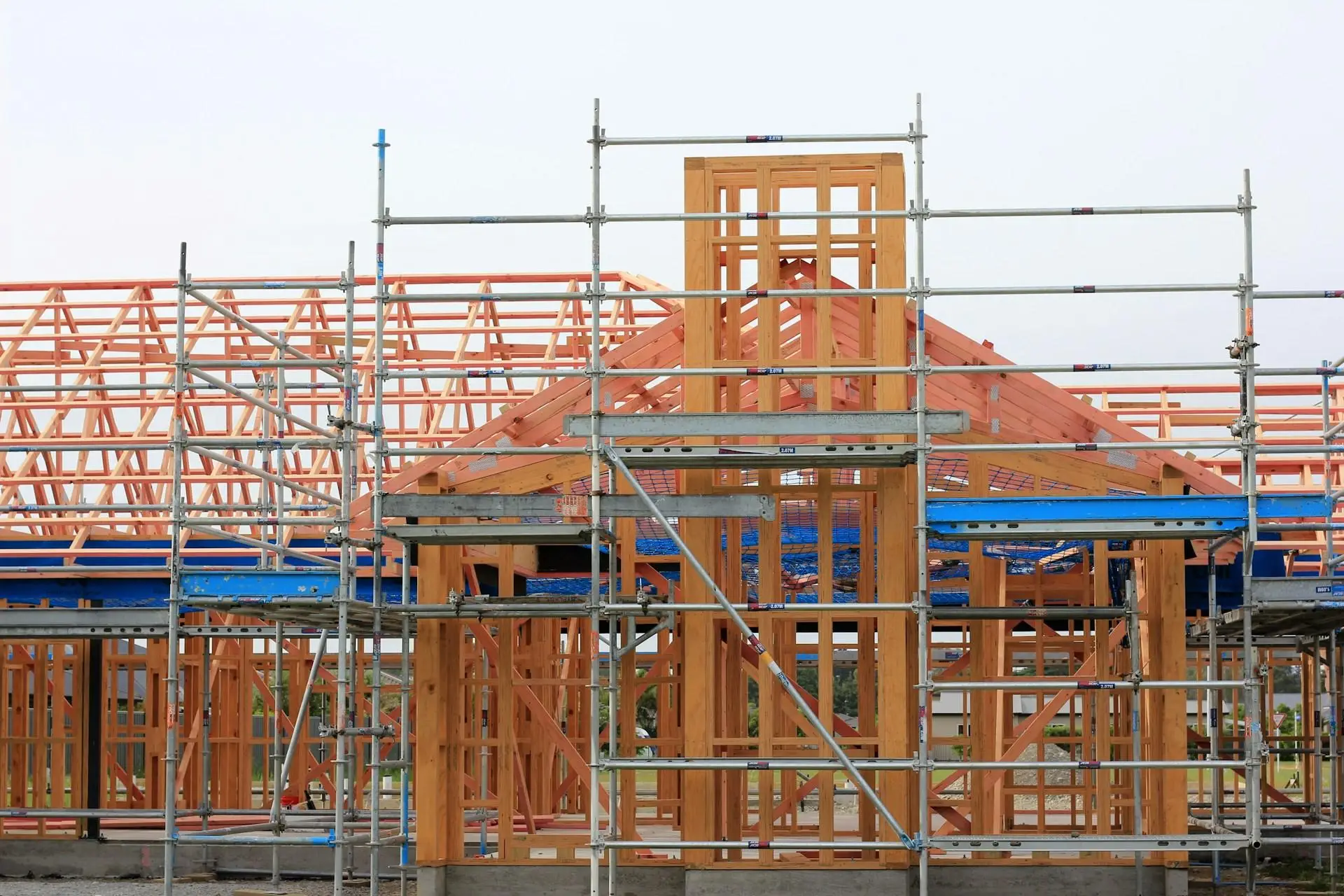Building Dreams: The Journey from Concept to Completion
Embarking on a construction project is much more than just laying bricks and pouring concrete; it’s a multifaceted journey that requires careful navigation through numerous stages. From initial planning to the final handover, each step plays a crucial role in ensuring that the vision becomes a reality.
The Importance of Pre-Construction Planning
Effective planning sets the foundation for a successful building project. Before any physical work begins, it’s essential to establish a clear roadmap that includes budgets, timelines, and resource allocation. This phase is not just about numbers; it’s about envisioning the end product and ensuring that all stakeholders are on the same page. Engaging stakeholders early can prevent future obstacles, allowing for smoother transitions through subsequent phases.
Essential Steps in the Design Phase
Collaboration between architects, engineers, and clients ensures a cohesive vision. During the design phase, open communication is paramount. It’s crucial to understand local building codes and regulations, as failure to comply can lead to costly delays. Additionally, the role of technology in modern design cannot be overstated; tools like 3D modeling and virtual walkthroughs provide a clear visualization of the project, helping to align expectations and reduce misunderstandings.
Securing Permits and Approvals: A Critical Process
Navigating the bureaucratic landscape is often a daunting task. Securing the necessary permits and approvals can be a lengthy process that varies significantly based on location and project scope. Understanding the types of permits required and the typical timeline for approval is essential for effective planning. The significance of compliance in avoiding legal issues down the line cannot be overlooked; it safeguards the project and ensures that all work meets the required standards.
Choosing the Right Construction Team
The impact of selecting skilled contractors and subcontractors on overall project success is profound. A competent team can bring a wealth of experience and expertise to the table, which can make a significant difference in the quality and efficiency of the work. When evaluating potential teams, consider their qualifications, past projects, and client testimonials. The importance of clear communication and defined roles within the team cannot be stressed enough; it fosters collaboration and minimizes misunderstandings throughout the project.
Understanding the Construction Phase: From Groundbreaking to Framing
An overview of the construction timeline and key milestones is essential for monitoring progress. From groundbreaking to framing, each stage has its own set of challenges and requirements. Regular site inspections and quality control measures are critical during this phase to ensure that the project stays on track. Adapting to challenges and changes during the construction process allows for flexibility and ensures that the project can pivot when necessary.
Finishing Touches: Interior Design and Landscaping
Finalizing the project with thoughtful design choices enhances overall appeal. The finishing touches, such as interior design and landscaping, play a vital role in the functionality and aesthetics of the completed building. The involvement of interior designers and landscapers can transform a space, making it both beautiful and practical. Budgeting for these finishing touches is essential; understanding how to make the most of your investment can lead to a remarkable final product.
Navigating Post-Construction: Inspections and Handover
The importance of thorough inspections to ensure everything meets standards cannot be overstated. After construction is complete, the handover process begins, which involves checking that all aspects of the project are completed to satisfaction. Understanding what to expect during this phase is crucial. Addressing any final adjustments or concerns before project completion ensures that the client is satisfied and that the project is ready for use.
Reflecting on the Completed Project: Lessons Learned
Analyzing the entire process helps identify strengths and areas for improvement. Once the dust has settled, it’s essential to reflect on the project and gather feedback from all stakeholders involved. This reflection not only celebrates the successes but also highlights areas that could benefit from adjustments in future projects. Using insights gained to inform future building projects paves the way for continuous improvement in the construction industry.
In conclusion, navigating the complex journey of construction requires meticulous planning, collaboration, and a commitment to excellence. Each phase builds upon the last, creating a comprehensive framework that supports the successful realization of any building project.




